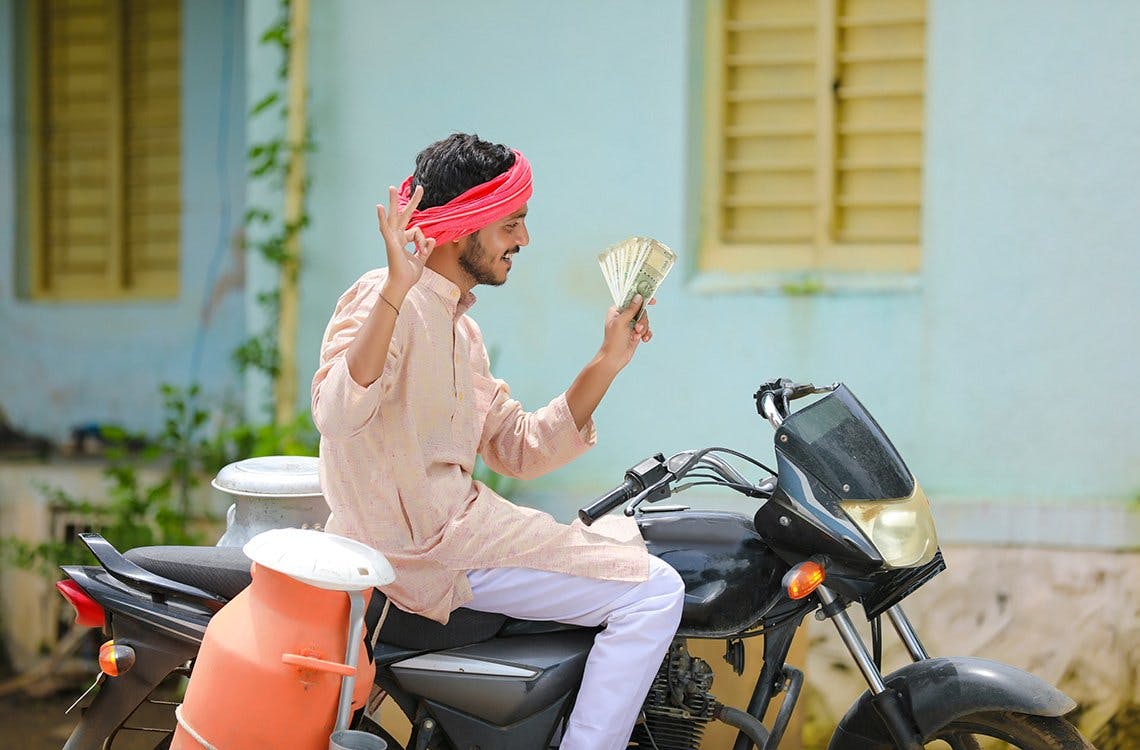
Cash and Cashless Payments Rising in India
Cash circulating and being used in India has risen alongside increases in digital payments, with Times of India noting ‘the shift to digital and cash intensity are not mutually exclusive.’
The ratio of cash in circulation as a proportion of India’s GDP reached a new high of 14.5 percent for the 2020–21 fiscal year, with the pandemic seeing demand for cash rise across the nation as people turned to its reliability as a store of value and its dependability as a payment option should others fail. GDP shrank in the same period, resulting in record highs of circulating cash both in terms of absolute amount and as a percentage of GDP. The value and volume of banknotes in circulation has increased by 16.8 percent and 7.2 percent respectively this period compared with rises of 14.7 percent and 6.6 percent 2019–2020. The ratio of cash in circulation as a proportion
The Times of India notes that cash usage is also rising alongside digital payments. It further reports that a survey by the Reserve Bank of India published in April this year found cash remains the preferred method of both paying and receiving money for regular expenses. It is the most commonly used option for small transactions of amounts up to 500 rupees (around $7/€6).
In terms of value, 500- and 2,000-rupee banknotes together accounted for 85.7 percent of the total value of banknotes as of 31 March 2021. This represents a small increase over the 83.4 percent recorded on 31 March 2020. Being India’s highest-value notes, this finding is in line with many other countries in Asia and worldwide, which have seen strong increases in demand for large banknotes during the pandemic.
